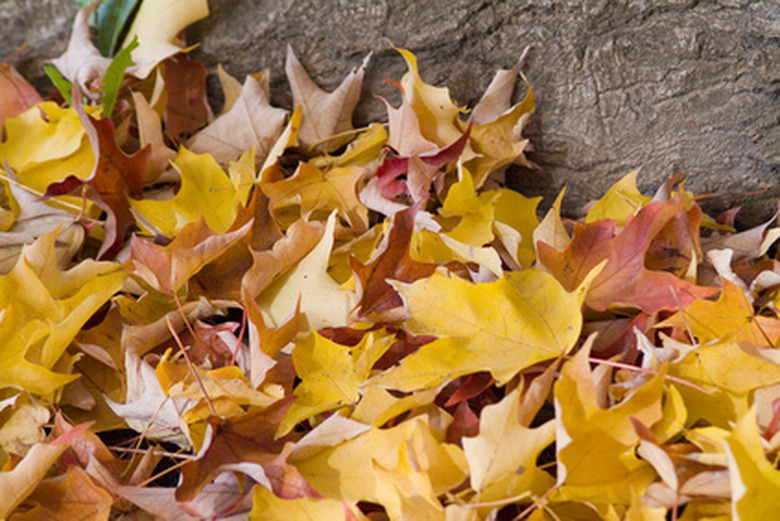How To Turn Your Riding Mower Into A Leaf Vac
Riding mowers are useful for maintaining large areas of land. Mowers are designed to serve many different functions from grass cutting to leaf collection. Manufacturers of riding mowers allow for a particle collection unit to be attached to the vehicle that can be used to collect leafs.
Riding mowers are useful for maintaining large areas of land. Mowers are designed to serve many different functions from grass cutting to leaf collection. Manufacturers of riding mowers allow for a particle collection unit to be attached to the vehicle that can be used to collect leafs. The type of particles you collect in the particle collection unit will depend on where and how you direct your riding lawn mower.
Step 1
Affix your grass catcher attachment. Riding mowers are sold with this attachment, and the steps to attach the grass catcher can be found in your owner's manual.
Step 2
Adjust the cutting blades. The cutting blades provide a vacuum force within the blade housing that forces leaves into the grass catcher. If the blades are low, the vacuum will reach deeper into the surface you are driving on and remove more leaves.
- Riding mowers are useful for maintaining large areas of land.
- Manufacturers of riding mowers allow for a particle collection unit to be attached to the vehicle that can be used to collect leafs.
Step 3
Turn on your riding mower. Ride over a few test leaves slowly and turn the mower off. Check the grass catcher to see if the mower successfully vacuumed the leaves. If the leaves are not in the grass catcher check the grass catcher assembly for obstructions. Also check the height of the blades and try going over the leaves at different blade heights. This process will allow you to discover the ideal setting for vacuuming leaves with your riding mower.
Step 4
Empty the grass catcher once it has reached its leaf capacity.
- Turn on your riding mower.
- Check the grass catcher to see if the mower successfully vacuumed the leaves.
Strips From A Riding Lawn Mower?
Your riding mower cuts a wide swath, so it's important to keep the blade sharp and mow at the highest mark that's acceptable for your type of grass. Its rotary blade swishes the grass around as it cuts and the back of the blade housing brushes it forward as it passes over, leaving a path where your mower has traveled. When you travel back in the opposite direction next to the first line, your mower creates a second path lying in the opposite direction – the contrast establishes the lines. Every yard has different contours, so take the time to try different methods of cutting until you find a safe, efficient way to cut yours.
Warning
Do not work on a riding mower while it is on. Placing your hands or feet near the blade housing while the blades are in motion can lead to serious injury.
